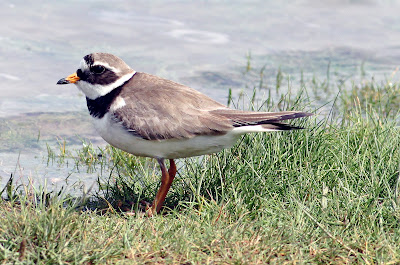Two days of solid rain, no birding and no news for Another Bird Blog readers. Unless of course they are interested in photographs of newly painted garden benches drying off in the garage, a précis of a letter to long-lost aunts in Uxbridge, or a recipe for freshly made tomato soup? I thought not.
So in place of non-existent news and after tidying up picture files in Photoshop here are a few pictures left over from May in Menorca, with minimal comments from me.
The Bee Eaters in Menorca are difficult to approach, keeping watchers to what seems a measured distance before they fly off, usually close to the usable limits of a 400mm lens. A 1000mm would be ideal.
Bee Eater
Here’s a Cattle Egret, a species which still hasn’t managed to colonise the UK to any meaningful extent, despite showing all the signs for a good few years.
Cattle Egret
The European or Common Shag (Phalacrocorax aristotelis) is fairly common around the rocky Balearic coasts. If anyone wants to learn more about this bird, beware of bizarre outcomes if Googling the word “Shag”.
European Shag
Garden birds from Menorca - Kestrel, Scops Owl, Hoopoe, Yellow-legged Gull and Audouin’s Gull, the latter a bird ringed as a nestling on Illa de L’Aire, an island off the south coast of Menorca, and a different ringed individual to the one I recorded in 2011.
Kestrel
Scops Owl
Audouin's Gull
Audouin's Gull
Yellow-legged Gull
Hoopoe
For more Hoopoe pictures see Another Bird Blog here. For more birds from Menorca, click on the "Menorca" or "Menorca Birds" tags in the right hand lower column of the blog page.
Perhaps strangely to our jaded British palates, Menorcan cheese doesn’t stick your teeth together and the island’s sausages actually taste of meat.
Menorcan sausage and cheese
My rough translation of the street sign in Es Migjorn would be “If you clean up after your dog the whole environment benefits”
Street sign - Es Migjorn, Menorca
Alaior - Menorca
Mahon - Menorca
Fingers crossed for less rain this weekend, but Wimbledon begins on Monday.
















































.JPG)







.jpg)











